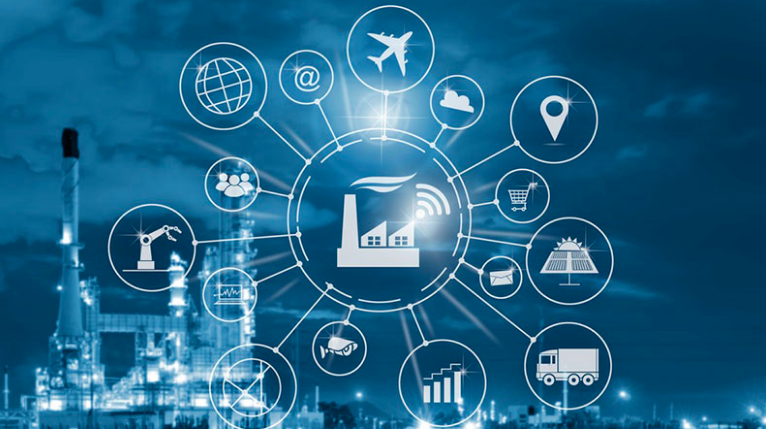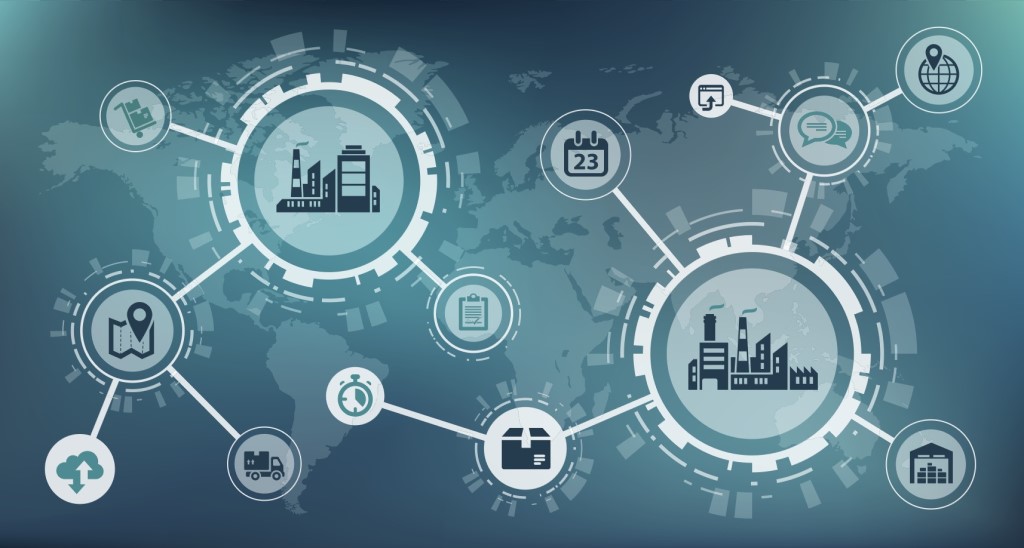
The supply chain and logistics industries are crucial to the functioning of any nation. These networks deliver everything from essential goods like medicine to automobiles from one part of the world to another, safely and securely. Like any other business, the supply chain sector strives to develop continuously to make the processes more efficient and reliable.
In recent years, the advent of the Internet of Things (IoT) and Artificial Intelligence (AI) in the supply chain business have brought about a sea change in the way things work. Machines and systems have become smarter, taking on several responsibilities that humans once held. Here are some of the trends you can expect to see in the logistics business, thanks to technological advancements.
The Digital Future Of Supply Chains
1. Digital Records
Terabytes of data are collected every day from various parts of the supply chain, from the customer placing the order, to the fleet manager assigning a truck to deliver the goods, to the tax authorities collecting information about IFTA and other tax regulations.

Handling this ocean of data on physical records like papers and books is impossible, which is why digital records, timesheets, and work logs are becoming ubiquitous in the supply chain industry. Any piece of relevant information is added to a centralised database so that the various levels of people involved can collaborate using this data. With this digitisation in place, a manager can quickly identify an item, the truck that is transporting it, the road that it takes, and the expected time of delivery.
2. GPS Devices and Location Tracking
When you have hundreds of trucks going across the country every minute, you need a way to monitor where each of them is and where they are going. GPS devices are not new, but their use in logistics has become widespread recently.
Fleet managers use GPS fleet tracking to ensure their vehicle goes in the optimal route and does not face any hindrance on the way. These devices can be attached directly to the cargo or container along with geofencing technology, which ensures that the managers (and clients) are informed as and when the asset enters or leaves a particular geographic location.
3. Driver Management
A crucial element of maintaining safety while transporting goods is the behaviour of the driver. A significant fraction of road accidents occur due to mistakes like drunken driving or because the drivers are too overworked to drive carefully.
Driver monitoring systems in fleets involve a camera that’s attached to the steering column to scan the driver’s eyes to check for signs of fatigue or abnormal behaviour. In such scenarios, these devices bring the vehicle to a forced halt. Other accessories like gyroscopes and accelerometers keep track of the speed of the truck and report instances of harsh braking and overspeeding.
Some countries have made it mandatory to have Electronic Logging Devices (ELDs) on all commercial carriers to record information about every trip. Using tachograph analysis software is ideal for this purpose, and you can use compliance to your advantage by maximising driver utility from the data obtained from these devices.
4. Risk Mitigation and Emergency Protocol
Accidents and mishaps incur enormous losses for logistics companies, not to mention the loss of goodwill with the customers as well. The usage of IoT and AI can also prevent such incidents across the supply chain, especially during transportation of goods. Commercial carriers are fitted with crash detectors and other sensors that alert the driver if they drive too close to vehicles or pedestrians on the road, and truck dash cams capture accident footage that supervisors can analyse later.
Close cooperation between suppliers and distributors helps in discovering alternative routes in case of roadblocks or accidents. Effective communication can also help drivers to handle urgent or cancelled orders by navigating to the nearest warehouse to pick up or drop off cargo.
5. Business Forecasting and Predictive Analysis
Artificial intelligence is used extensively to predict future values of specific parameters in the logistics industry. For example, by collecting data about the various deliveries and orders over a few months, an AI model can successfully predict the demand for the next quarter. This forecast, in turn, can help fleet managers calculate the fleet size they need, plan for a budget, and calculate the expected income or profits.
Another form of predictive analysis that is common in fleet maintenance is telematics devices on the vehicles that continuously collect and transmit data about the engine parameters and the vehicle’s condition, and analyse the right time to service the carrier. Thus, managers can plan to reallocate the deliveries if they know some trucks will be under maintenance without waiting until the vehicular damage is too severe.
6. Inventory and Warehouse Management
The use of technology also benefits inventory management. By keeping track of the different entities across the warehouses, the logistics company can plan a way to transport a particular item from the warehouse closest to the destination to save time and costs.
Companies must never overstock nor understock their inventory, both of which lead to monetary losses. By keeping a digital record of every product in the warehouses, and having an idea of the predicted future demand, you can ensure that you have just the right amount of goods in storage.
7. Compliance With Regulations
With increased transparency, supply chain sectors have become more accountable to the government and the clients about the way they handle business. With continuous monitoring of the goods and the people involved at various points in the supply chain, logistics companies can ensure that:
- Safety standards are met (by the people and the fleet)
- All the hours of work (including idling) are correctly logged
- The goods are in proper condition from pick up to drop off
Are You Equipped For The Future?
These technologies will pave the way for further developments in the field of IoT, AI, and their integration with logistics. The sooner you adopt these technologies for your fleet, warehouses, and other supply chain elements, the more prepared you are to handle future demands. The initial investment is high, but in the long run, you will see positive returns from the use of these technologies. So make sure you have invested in supply chain optimization services.